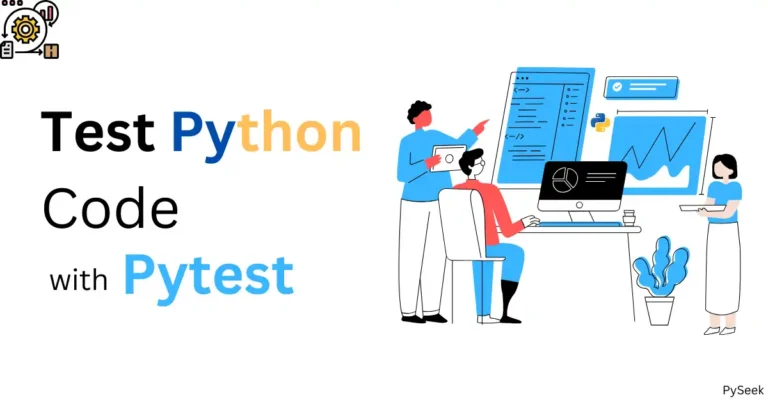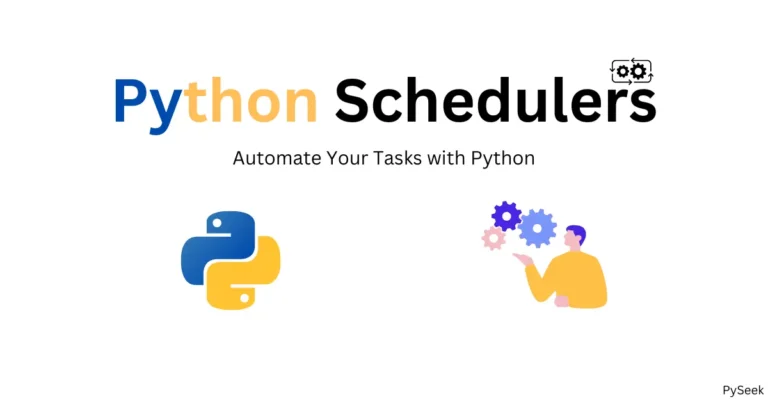
In Python, we often need to store and manage structured data in an easy-to-understand format. If you’re working on projects that require handling lots of data in an organized way, Python Data Classes can be a game-changer. They offer a simple and efficient way to define classes for storing data without writing lots of code.
In this article, will walk you through what Python Data Classes are, how to use them, and why they’re useful.
Read Also: Object Oriented Programming in Python
What Are Data Classes?
Data Classes are a type of class specifically designed for storing data and it is introduced in Python 3.7. They allow us to define classes that contain attributes (variables) but without writing a lot of extra code to handle common tasks like initialization, comparison, and representation of objects.
Before Data Classes, Python developers often had to write lengthy code for defining classes. This involved writing special methods for things like __init__, __repr__, and __eq__. With Data Classes, these methods are automatically created and saves a lot of time and effort.
How to Define a Data Class in Python?
To create a Data Class, we use the @dataclass decorator. This decorator is applied to a class to automatically add methods that simplify defining and managing class instances.
Here’s an example:
from dataclasses import dataclass
@dataclass
class Person:
name: str
age: int
# Creating an instance of the Person class
person1 = Person(name="Alice", age=30)
print(person1) Output
Person(name='Alice', age=30)
In the above example:
- The
@dataclassdecorator tells Python to treat thePersonclass as a data class. nameandageare the attributes of the Person class.- The
__init__,__repr__, and__eq__methods are automatically generated by the@dataclassdecorator.
Breakdown of the Automatically Generated Methods:
__init__: Automatically creates an initializer based on the class attributes (name,age).__repr__: Provides a string representation of the object, which helps when printing it out (likePerson(name='Alice', age=30)).__eq__: Compares two instances of the class and returnsTrueif they are equal, based on their attribute values.
Modifying a Data Class
While Data Classes come with lots of helpful features, you can still customize them. Here are a few ways to modify a Data Class for specific use cases.
Default Values for Attributes
You can assign default values to attributes. This is especially helpful if you want to provide default settings for certain fields.
from dataclasses import dataclass
@dataclass
class Product:
name: str
price: float
stock: int = 100 # Default value for stock
# Creating an instance of the Product class
product1 = Product(name="Laptop", price=1200.99)
print(product1) # Output: Product(name='Laptop', price=1200.99, stock=100)In this case, if you don’t specify the stock when creating a Product, it defaults to 100.
Making Data Classes Immutable
By default, instances of a data class are mutable that means you can modify their attributes. If you want to make a data class immutable (i.e., read-only), you can set the frozen=True parameter.
from dataclasses import dataclass
@dataclass(frozen=True)
class Book:
title: str
author: str
# Creating an instance of the Book class
book1 = Book(title="1984", author="George Orwell")
# Attempting to modify a frozen instance will raise an error
# book1.title = "Animal Farm" # This will raise a FrozenInstanceErrorThis makes the object immutable, so once it’s created, its attributes cannot be changed.
Post-Initialization Code
If you need some additional setup or validation after the initialization of an object, you can define a __post_init__ method.
from dataclasses import dataclass
@dataclass
class Employee:
name: str
age: int
salary: float
def __post_init__(self):
if self.age < 18:
raise ValueError("Age must be 18 or older.")
if self.salary < 0:
raise ValueError("Salary cannot be negative.")
# Creating an Employee instance
employee1 = Employee(name="John", age=25, salary=50000)
print(employee1)The __post_init__ method runs automatically after the __init__ method for further customization, such as validation or logging.
Advantages of Using Python Data Classes
- Python Data Classes reduce boilerplate code that makes our program shorter and easier to maintain.
- Methods like
__init__,__repr__, and__eq__are automatically generated, so you don’t need to write them manually. - With the
frozen=Trueoption, Data Classes allow us to create immutable objects, which can help in scenarios where data should not change after initialization. - The auto-generated
__repr__method makes debugging easier, as the string representation of an object is clear and useful.
When to Use Data Classes?
Data classes are particularly useful in scenarios where you need to manage structured data without needing the overhead of defining full-blown classes. They are ideal for:
- Storing configuration settings.
- Working with APIs and handling structured JSON data.
- Managing rows of data in a table.
- Defining simple objects that hold related attributes.
Summary
Python Data Classes are a great tool for working with structured data. In this tutorial, we learned what are data classes, their usage, and why they are useful for writing efficient Python code. Whether you’re working with simple data structure or creating complex project, Data Classes can make your code better.
So, start using Data Classes in your next Python project and see how much more efficient your development process can be!


